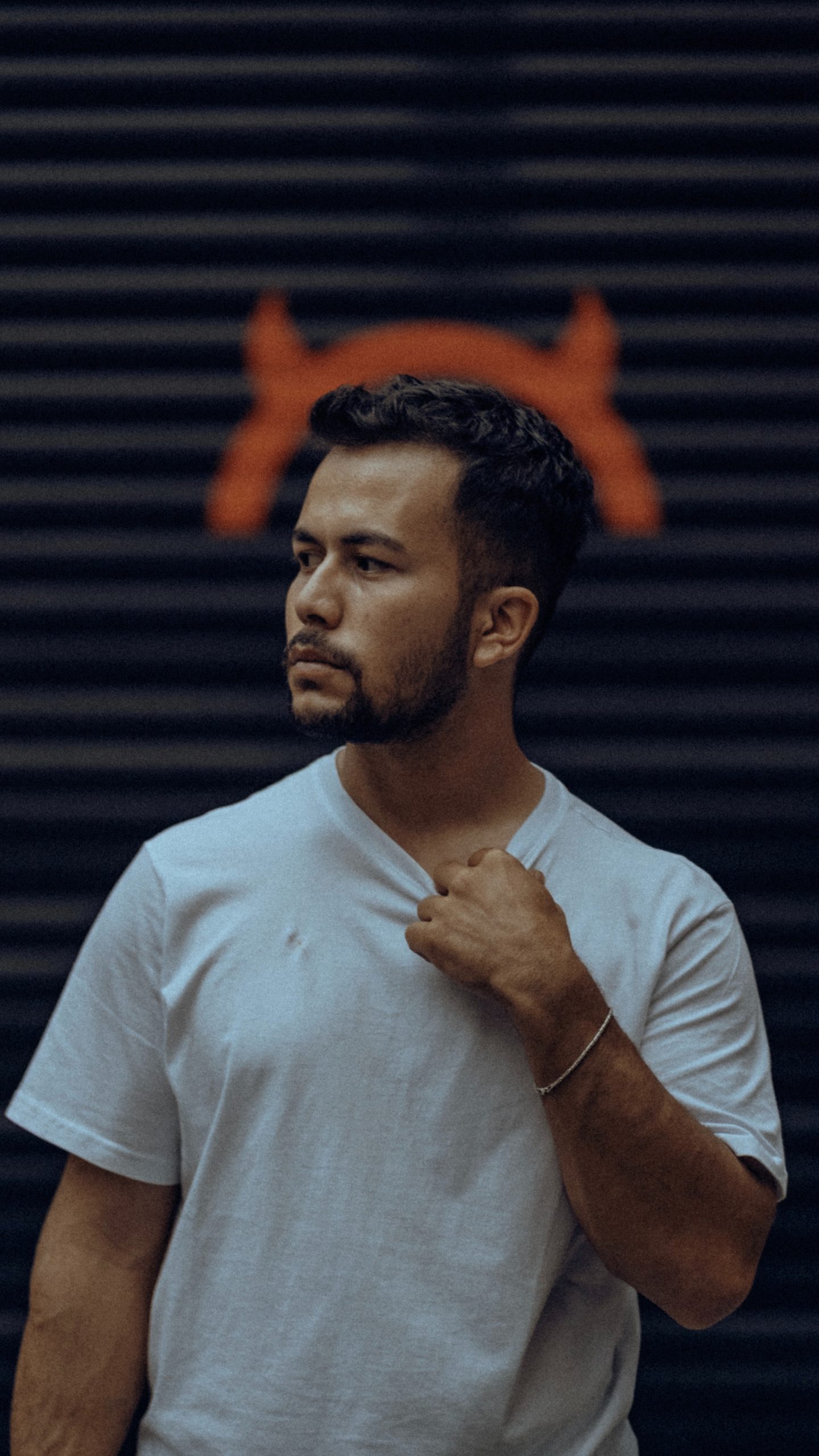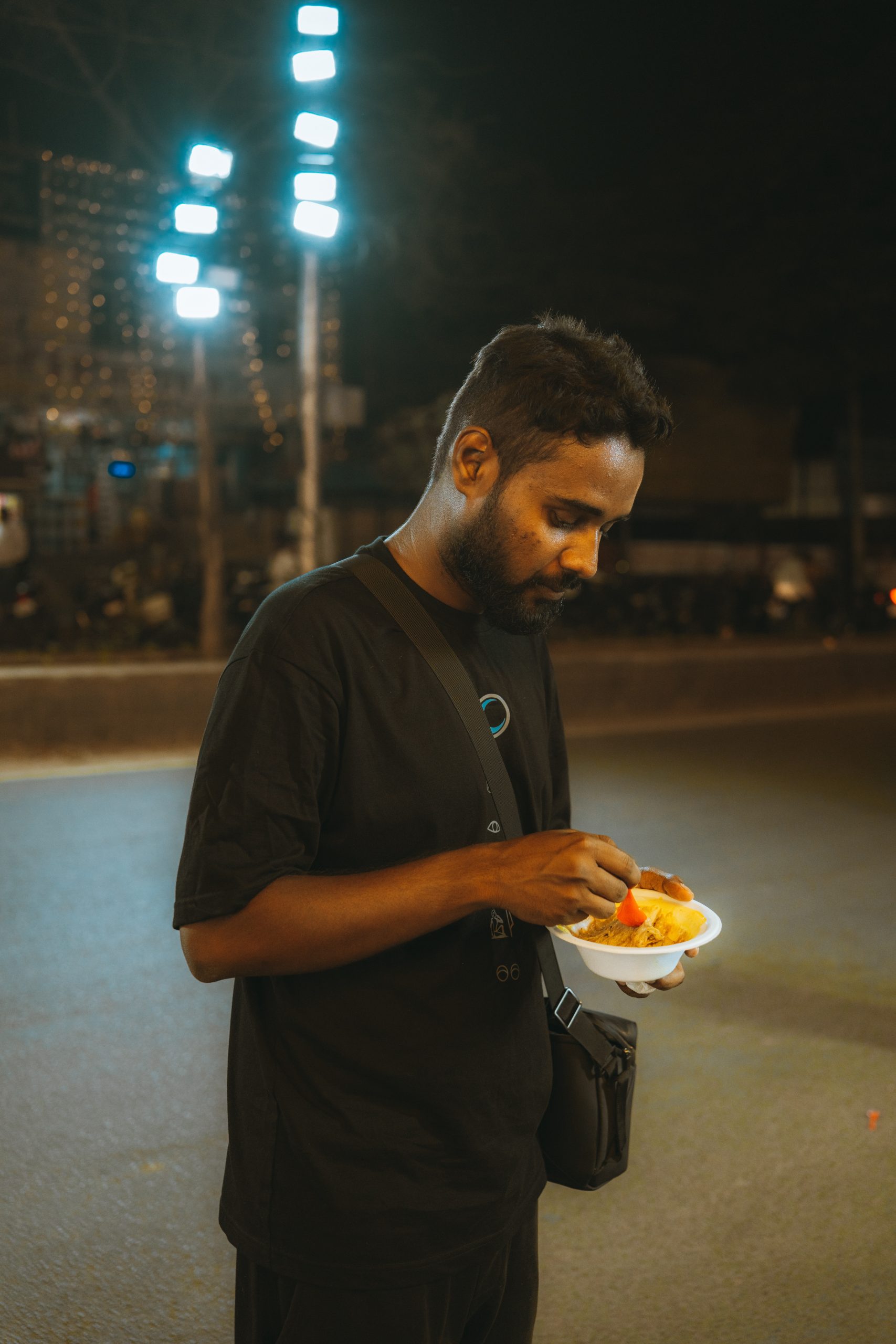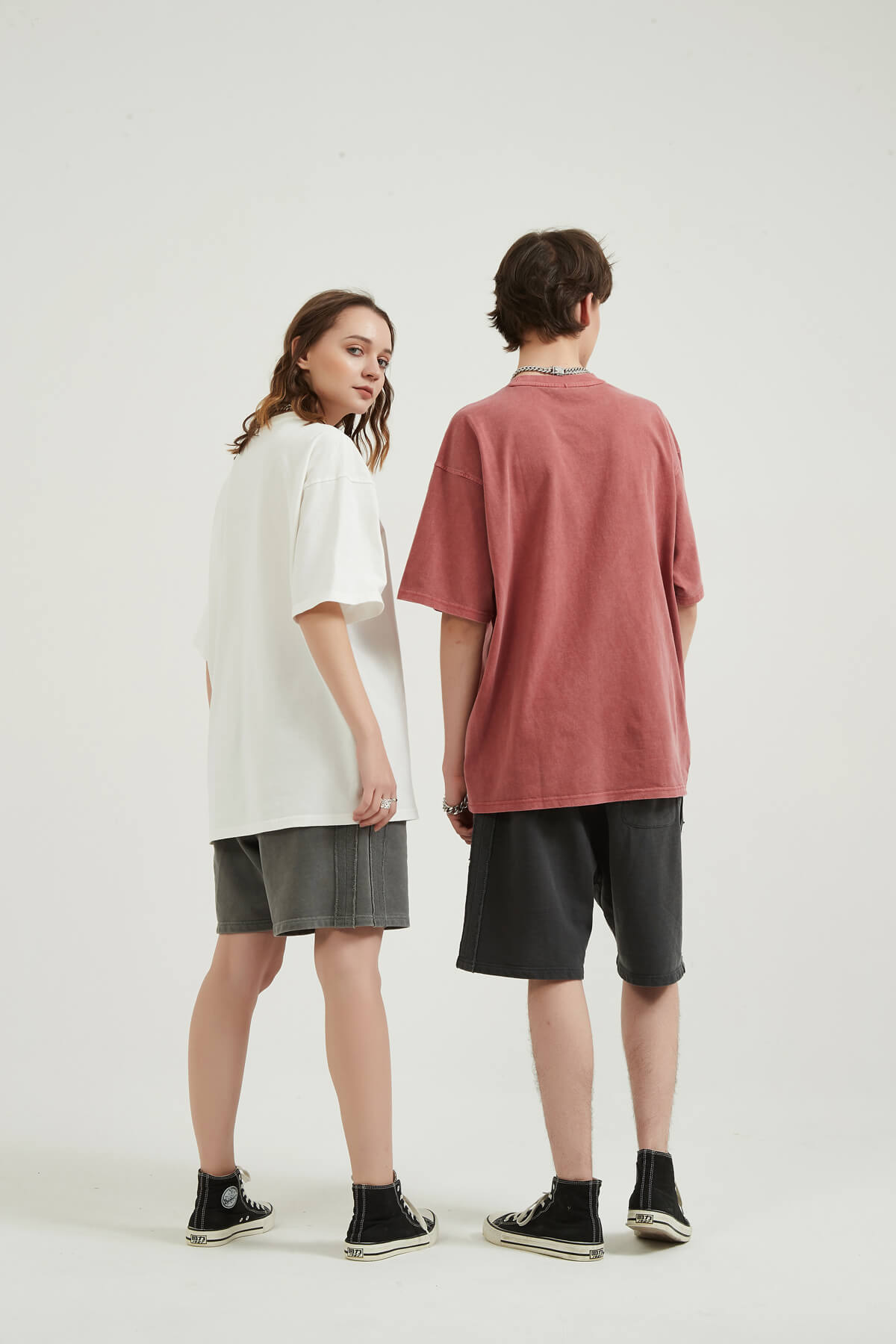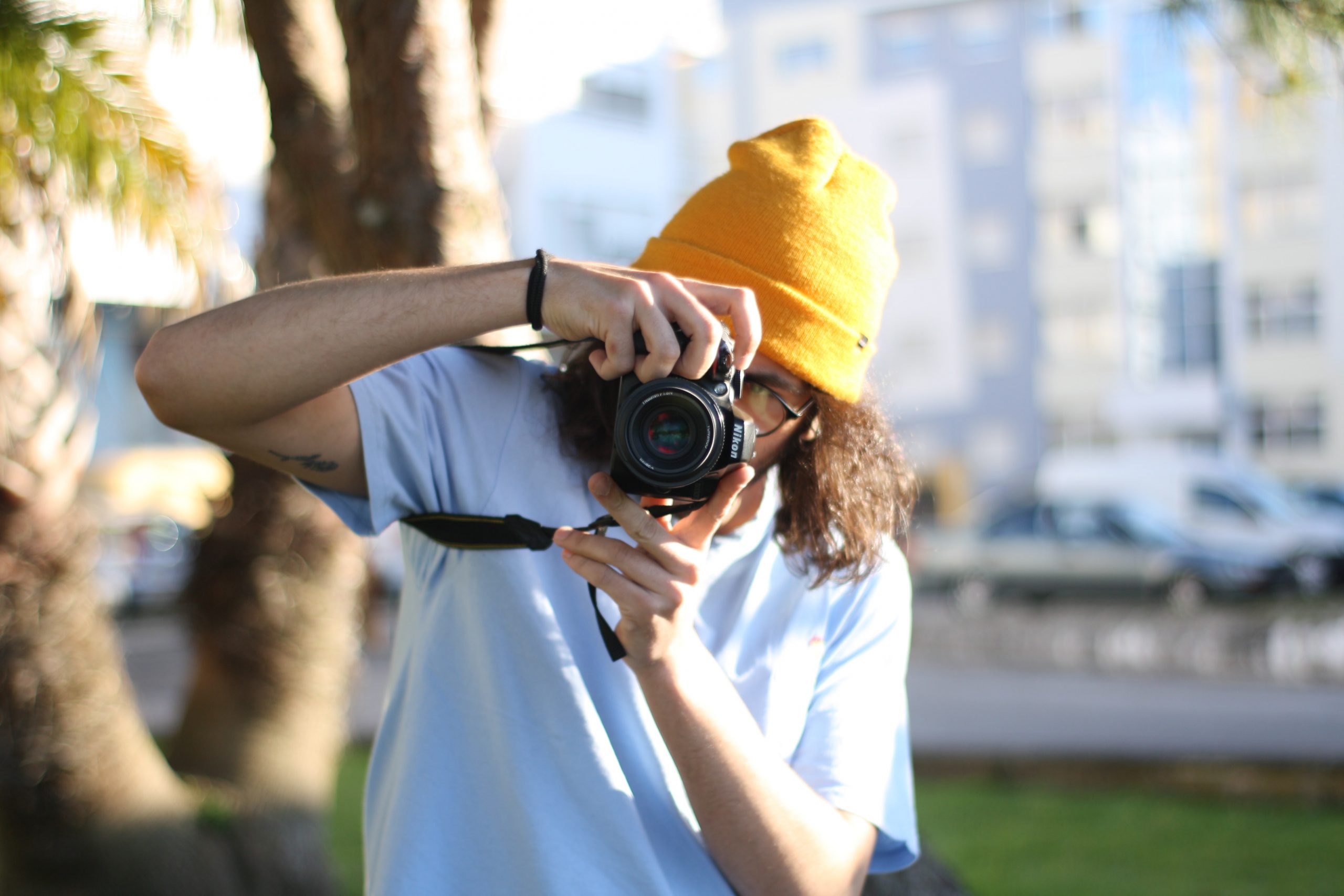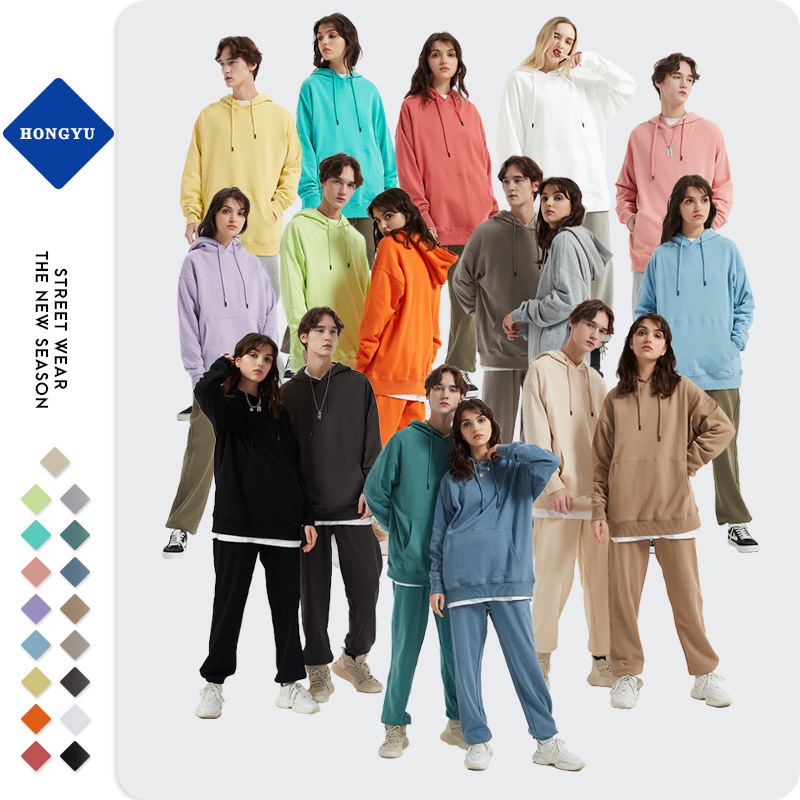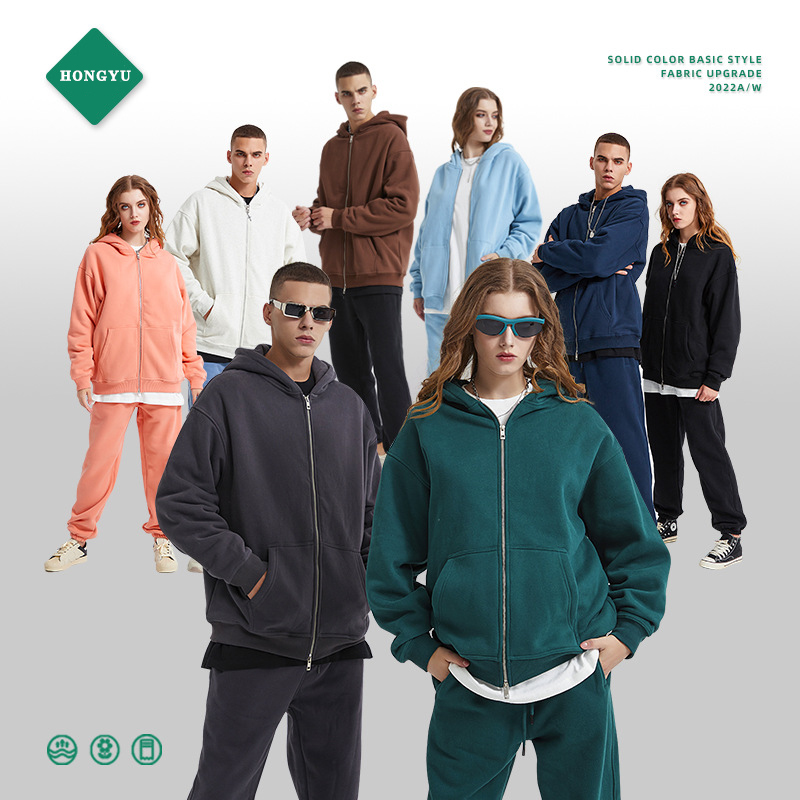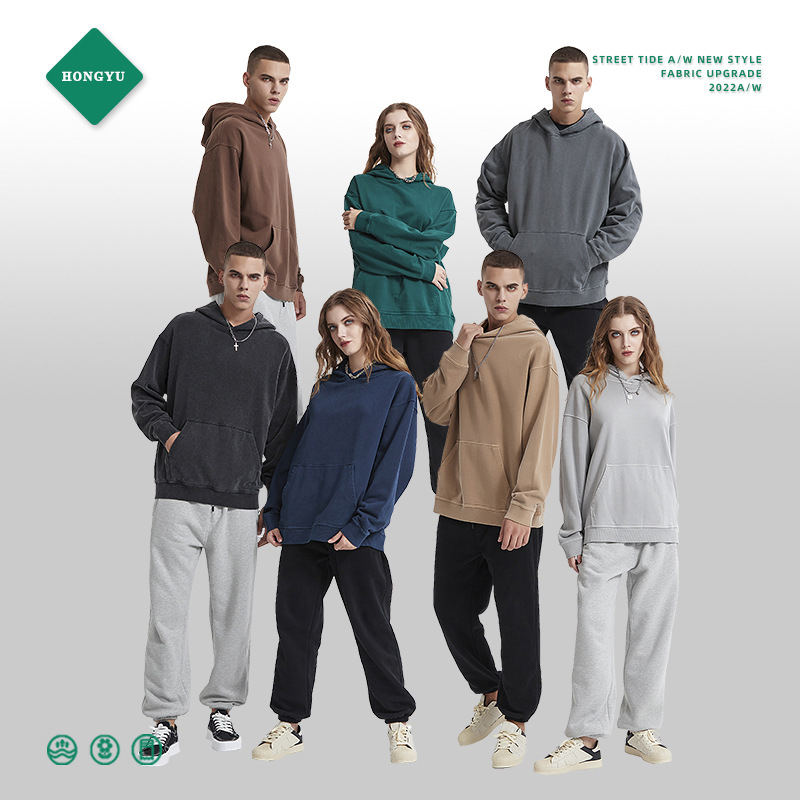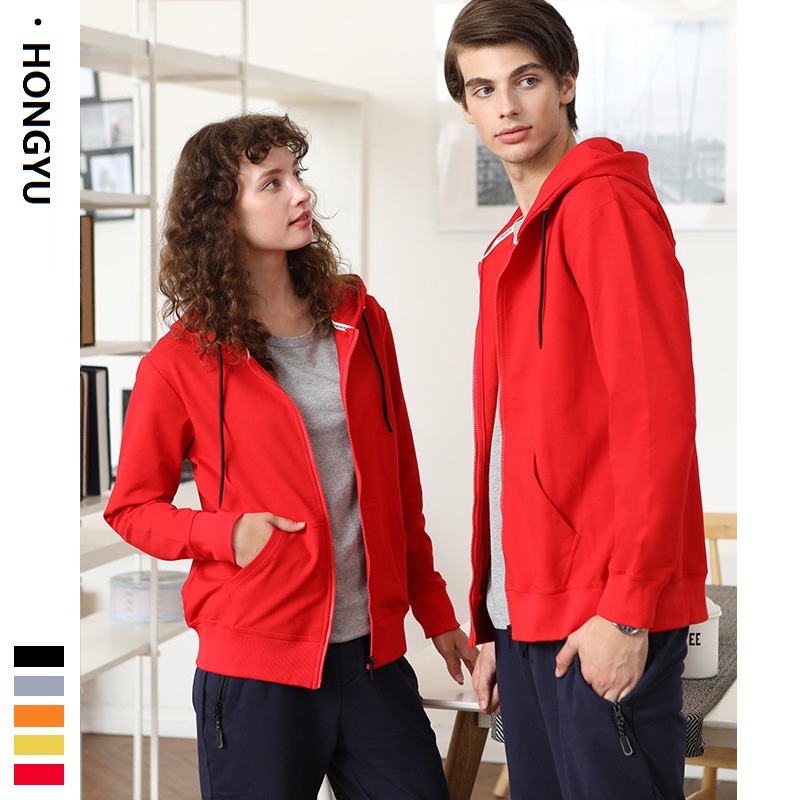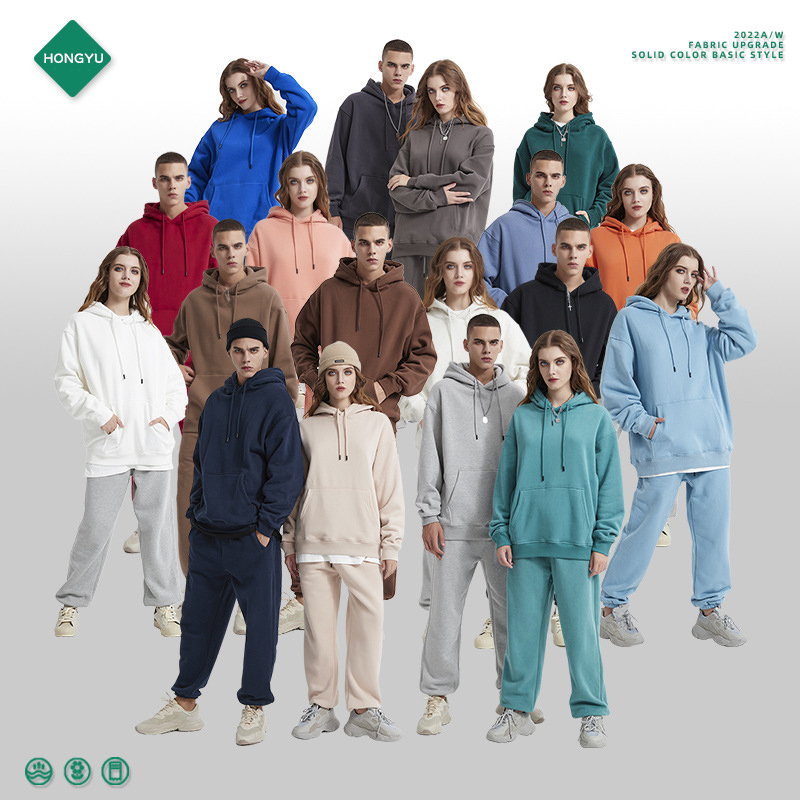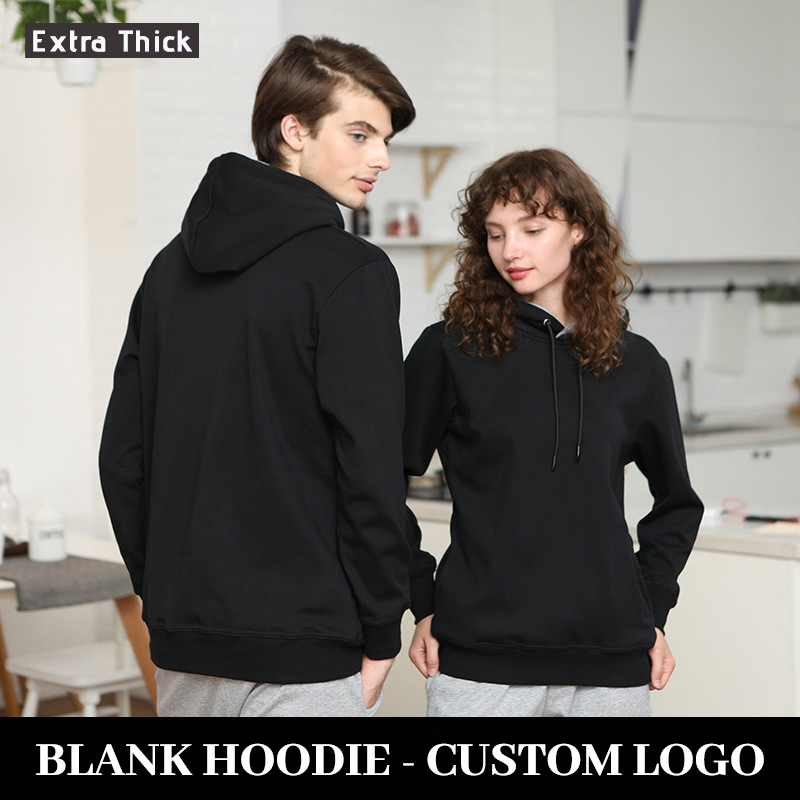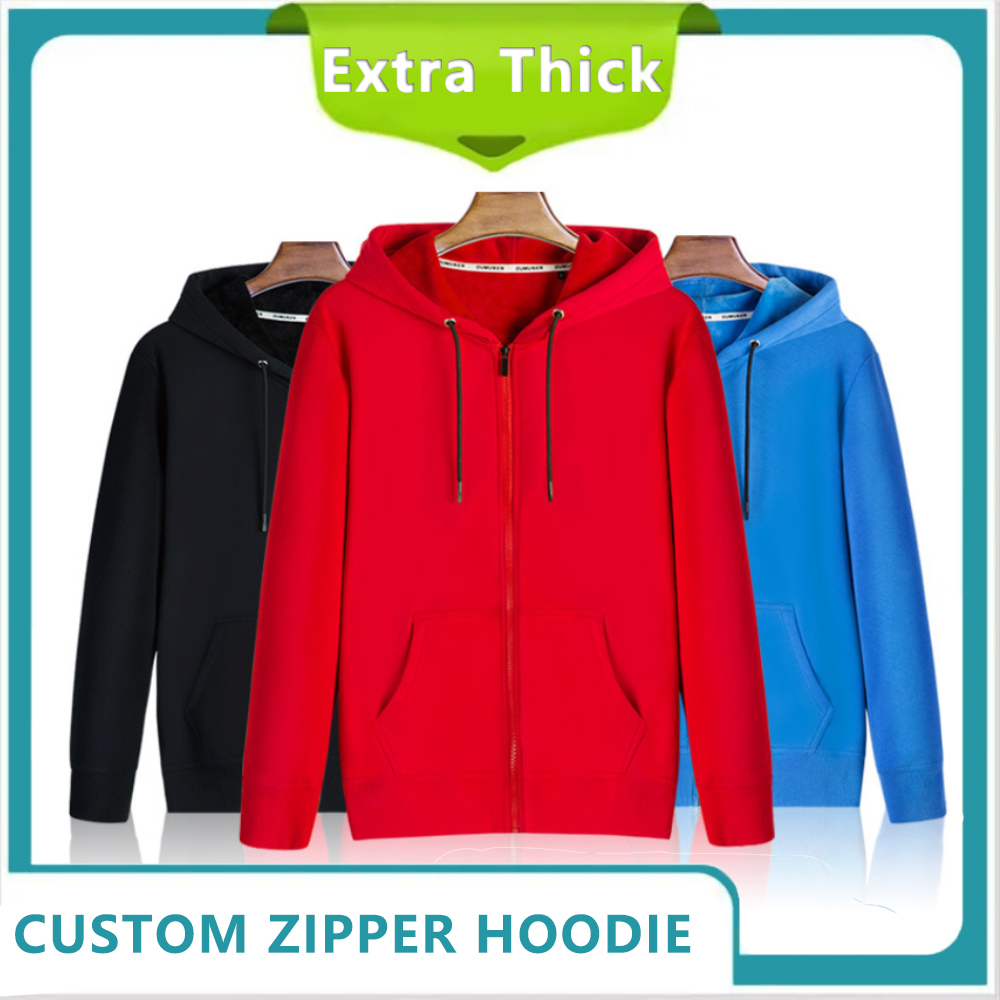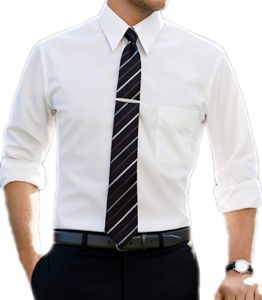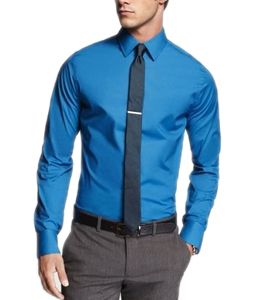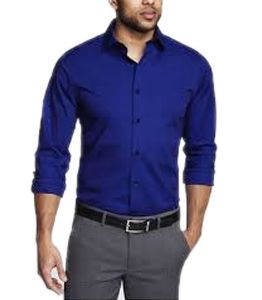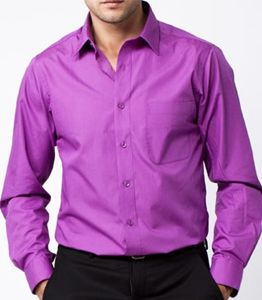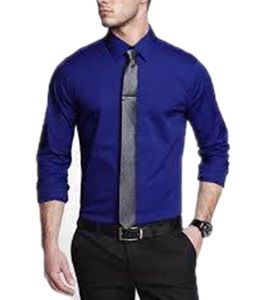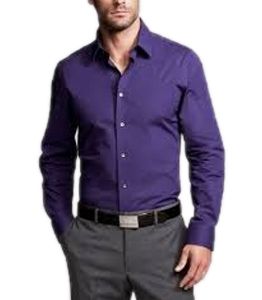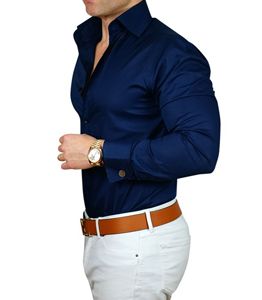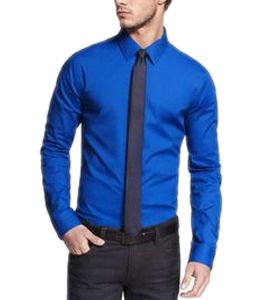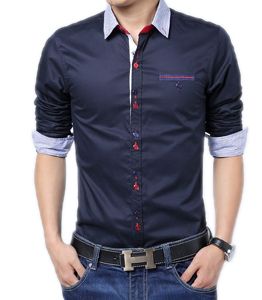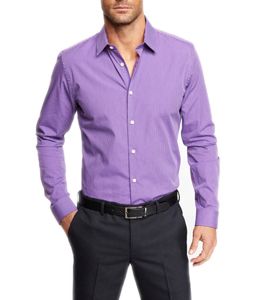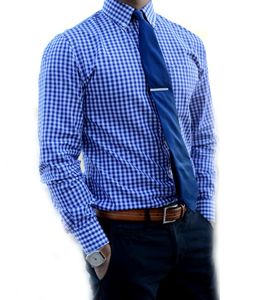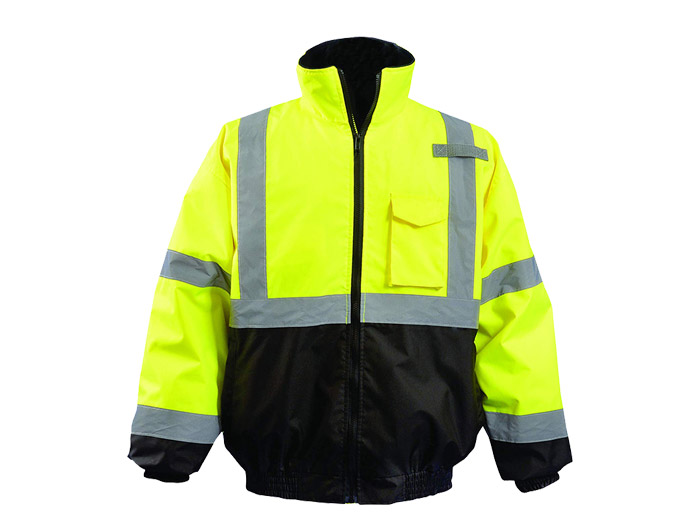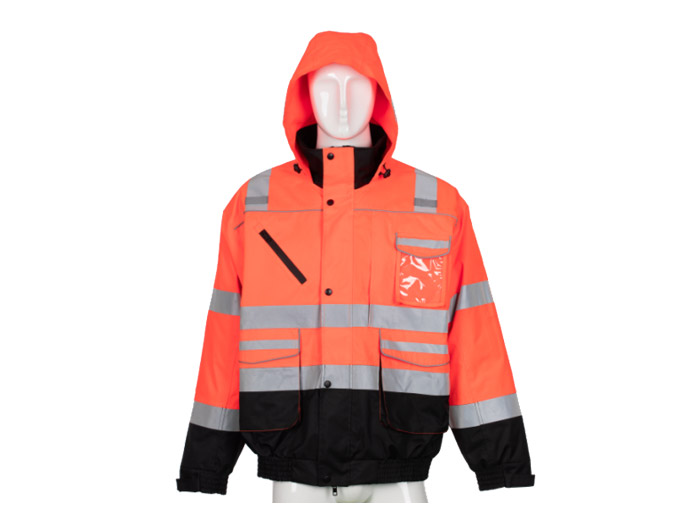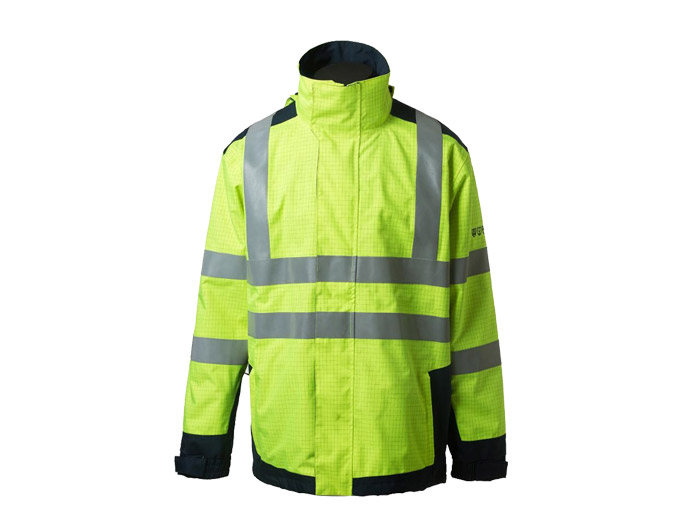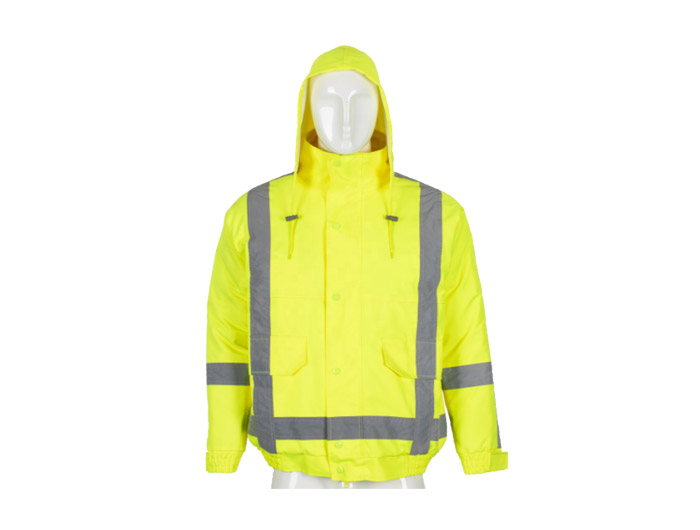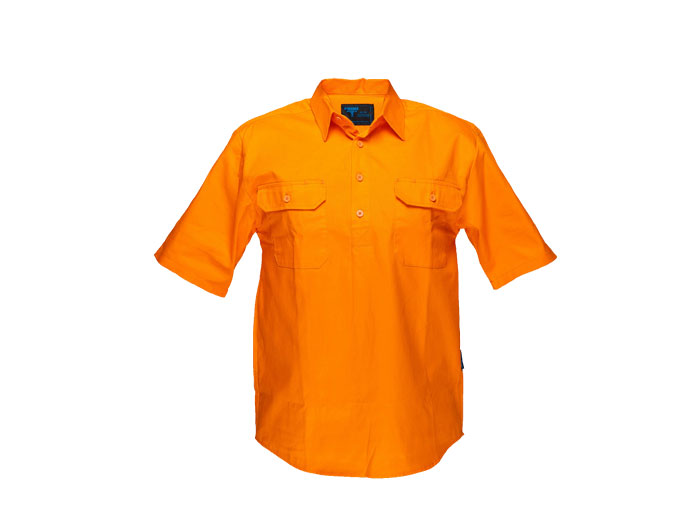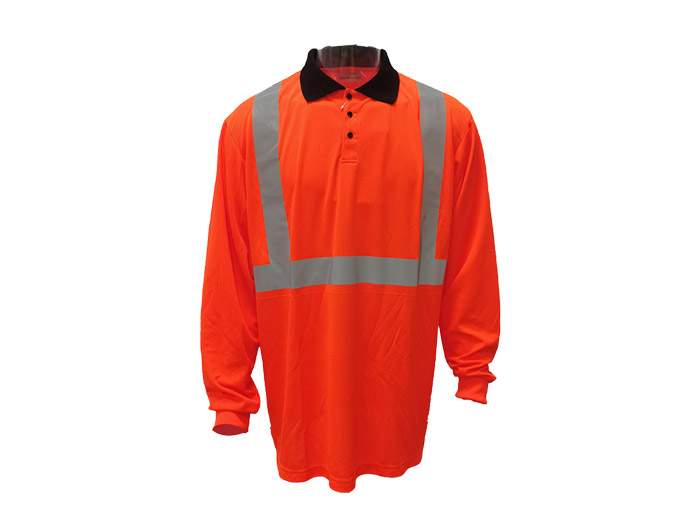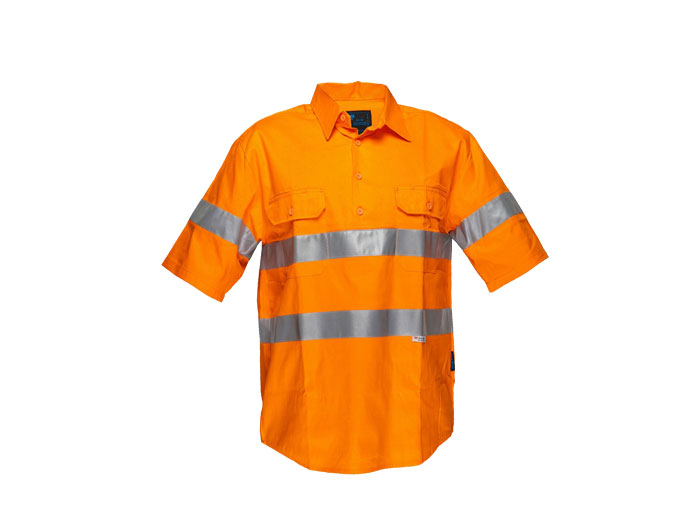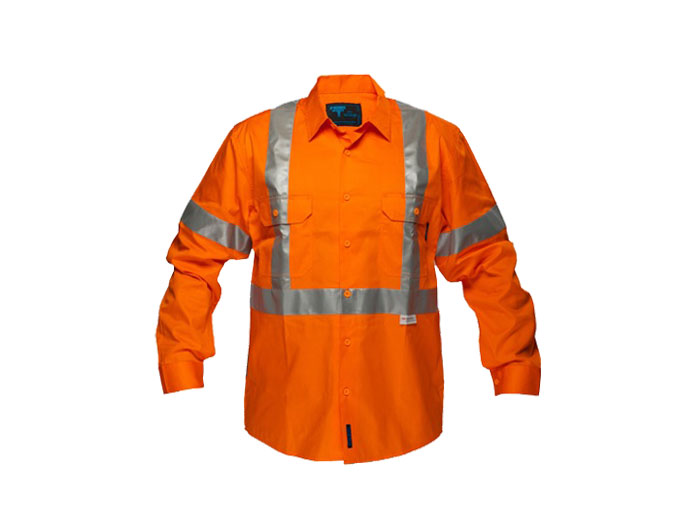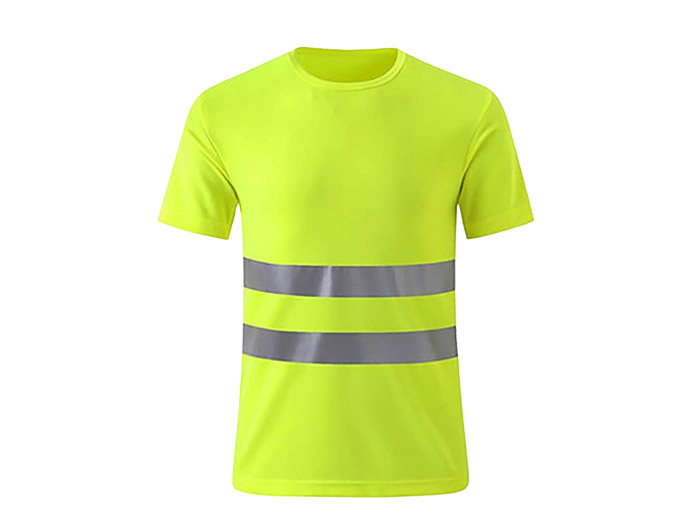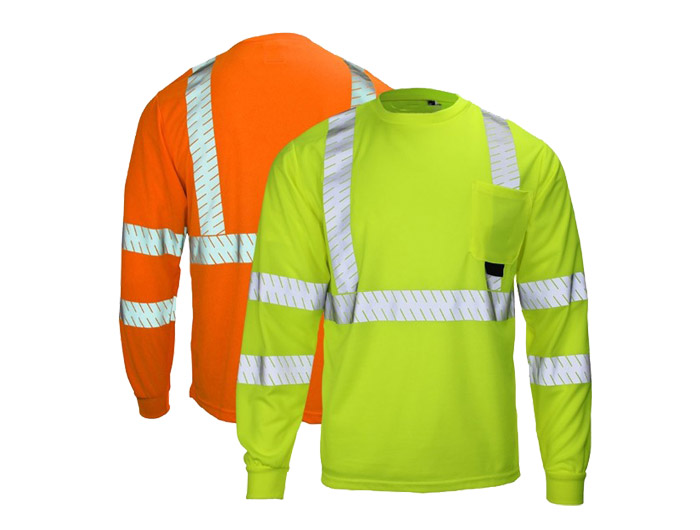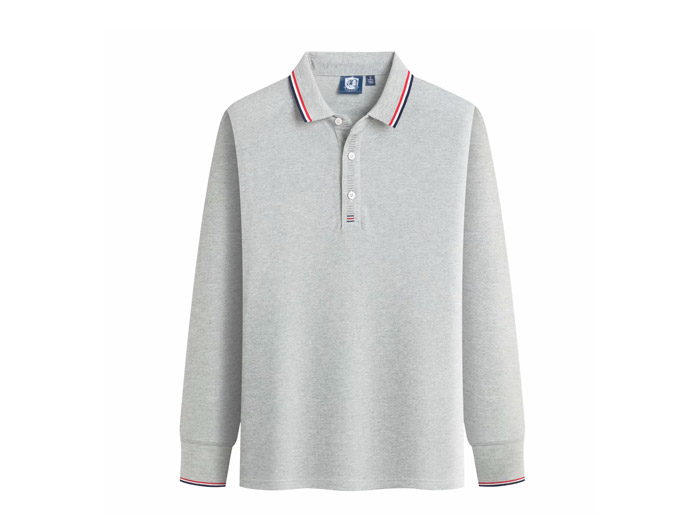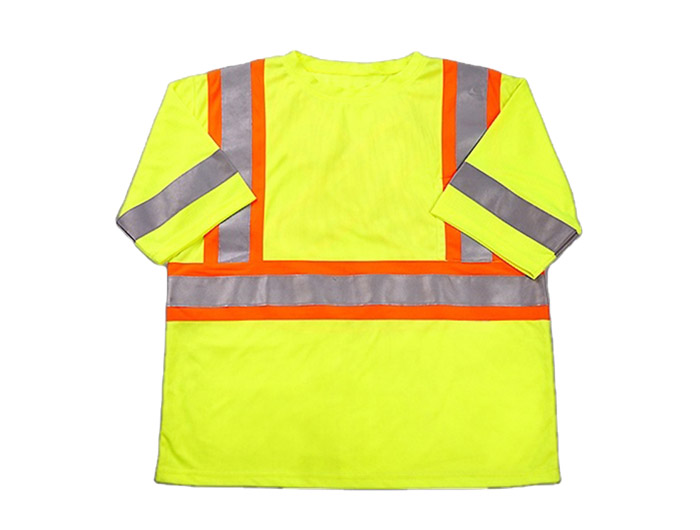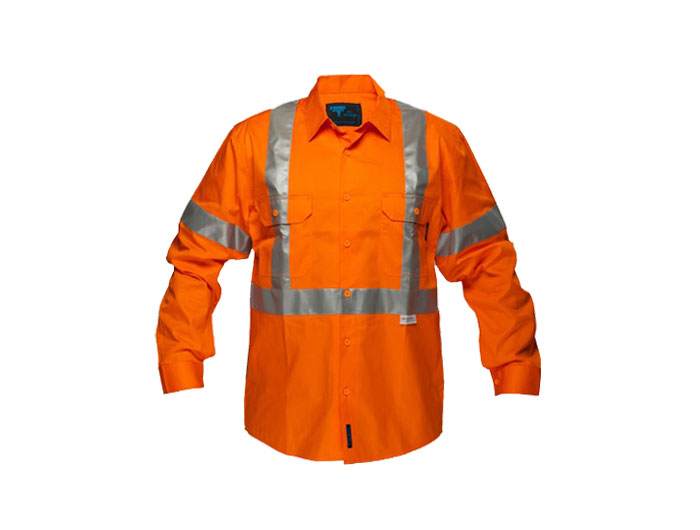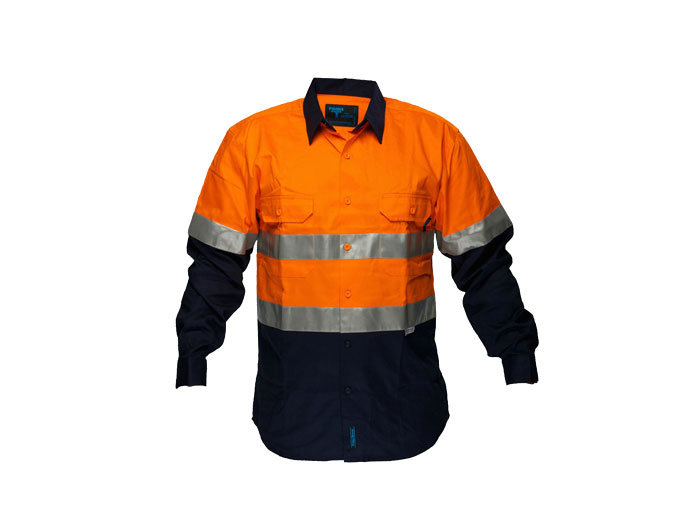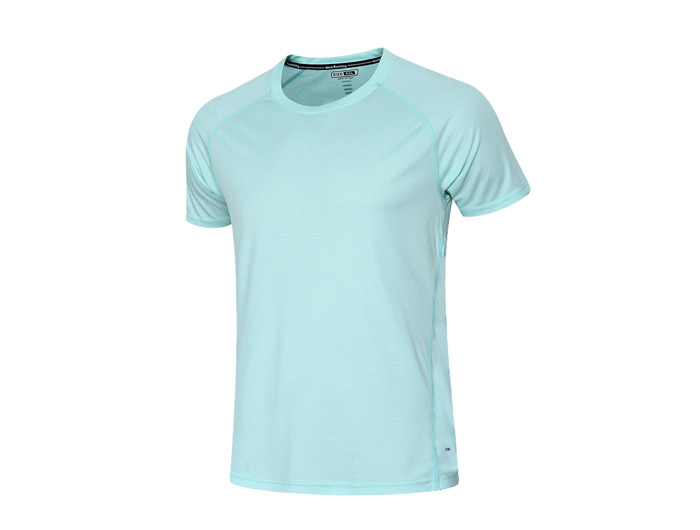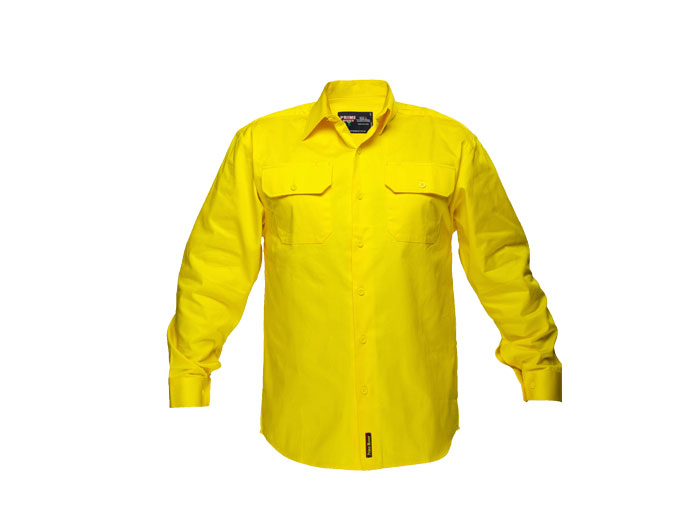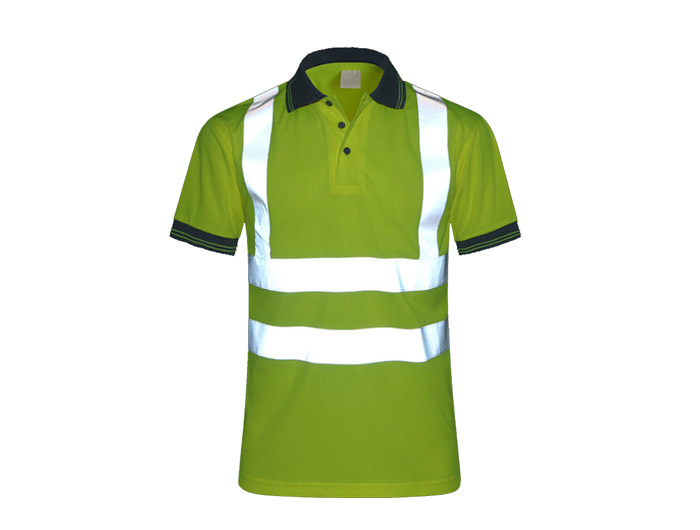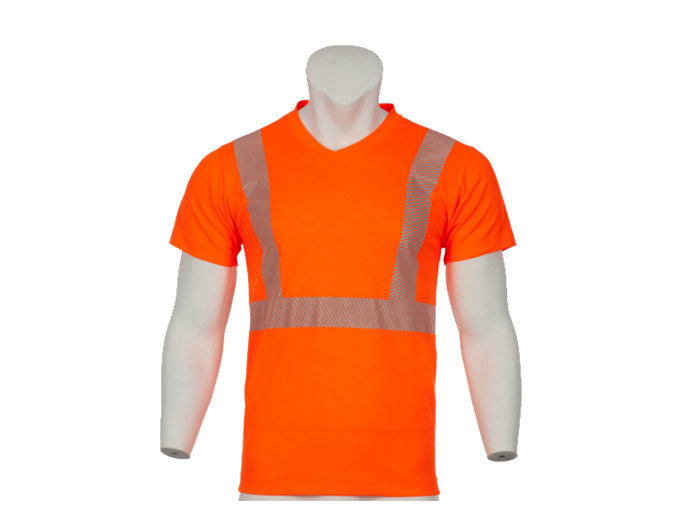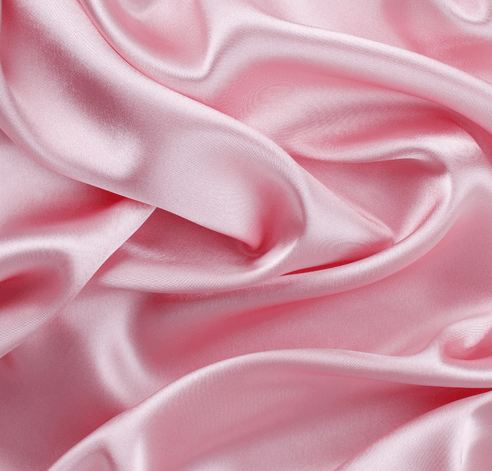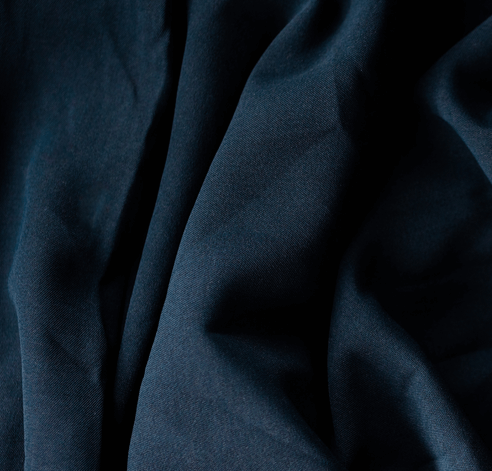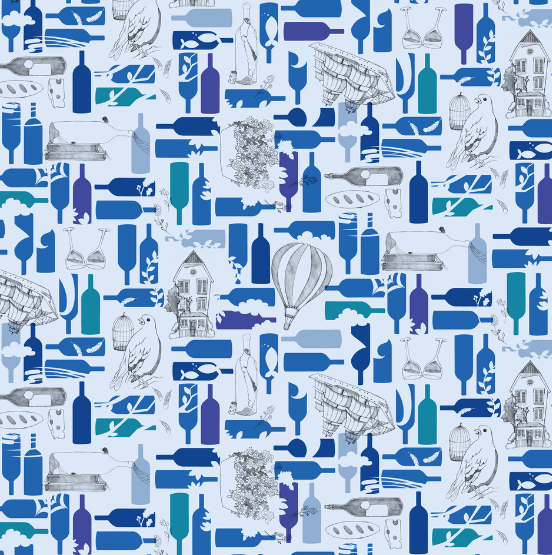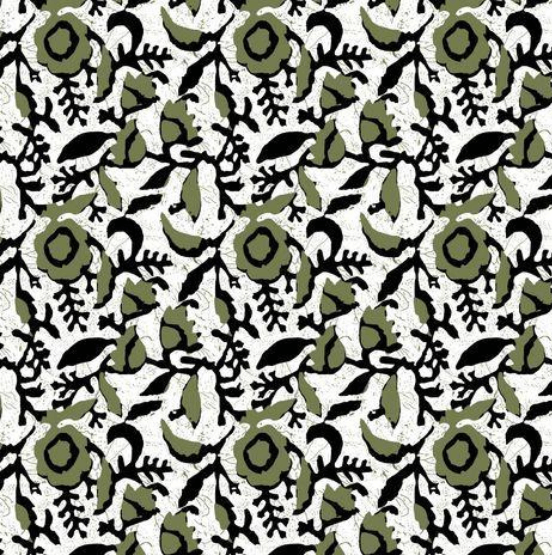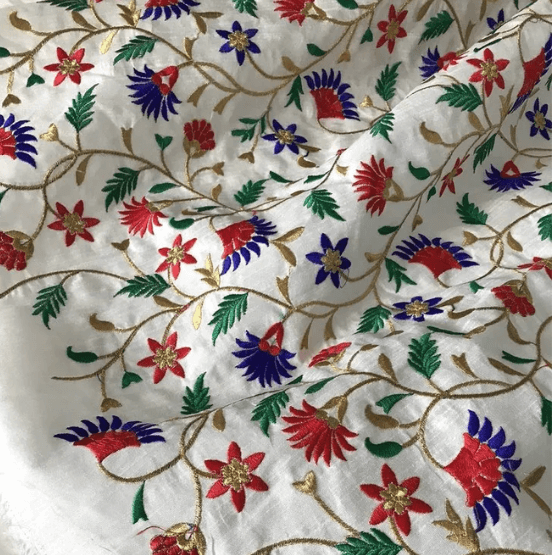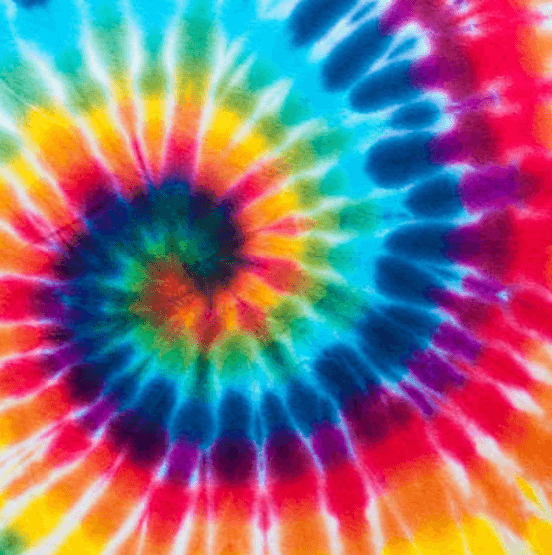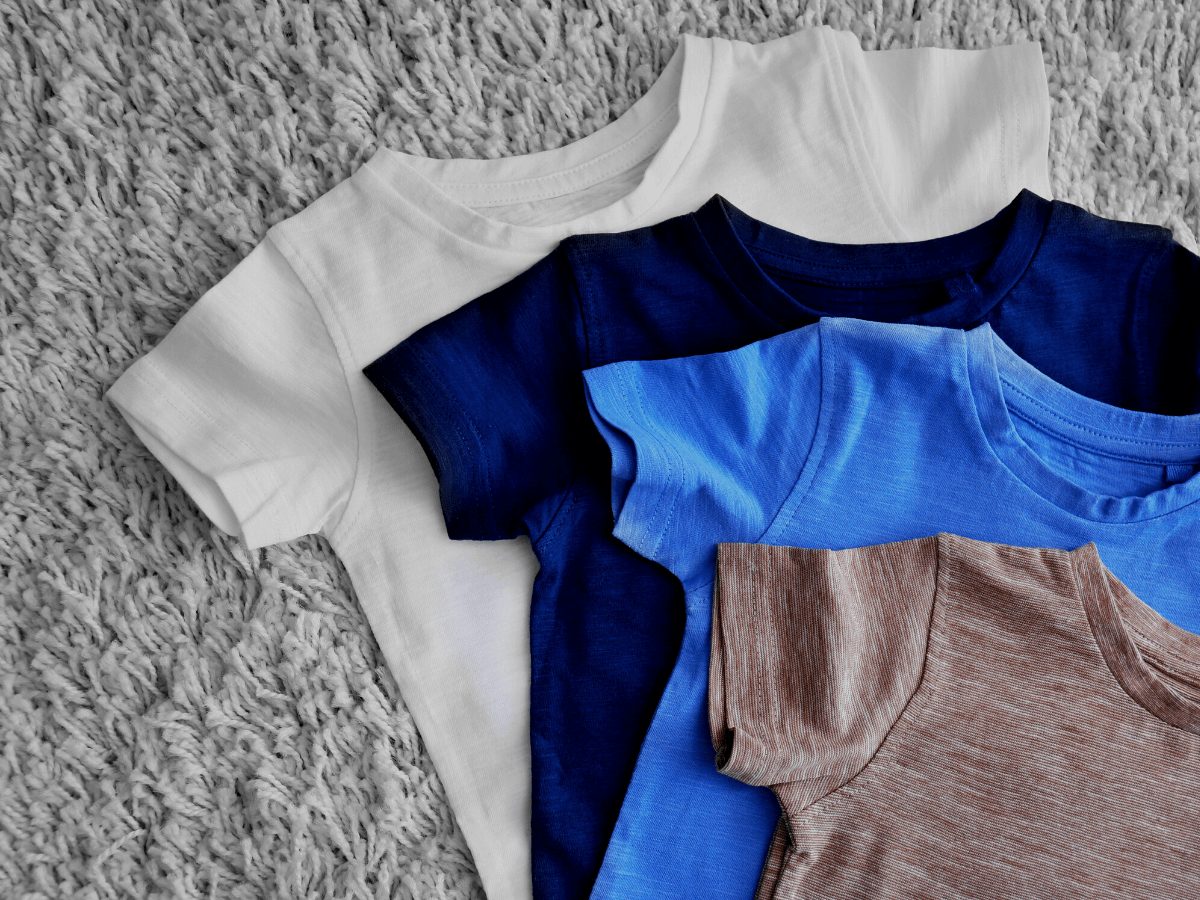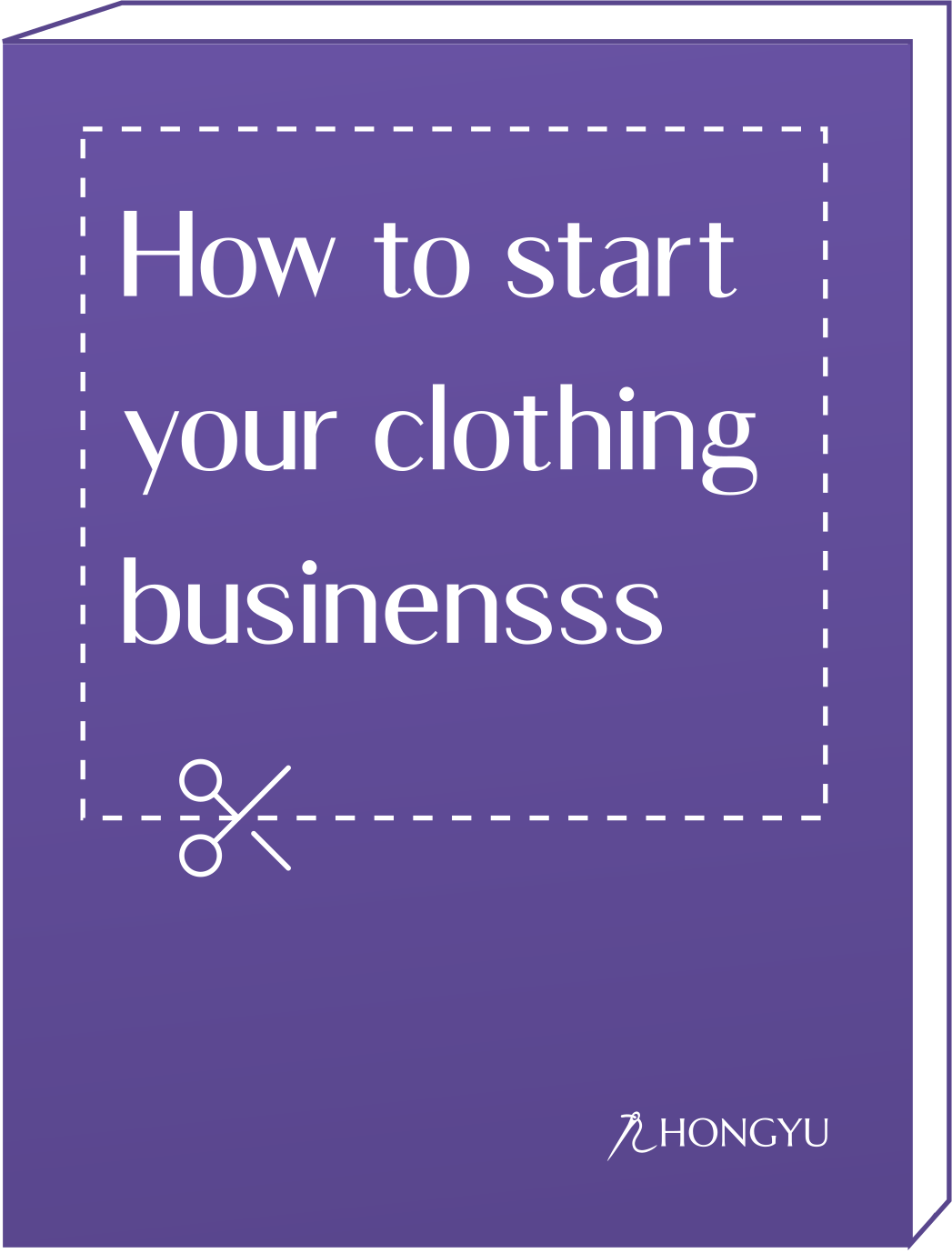Padded Coat Manufacturer
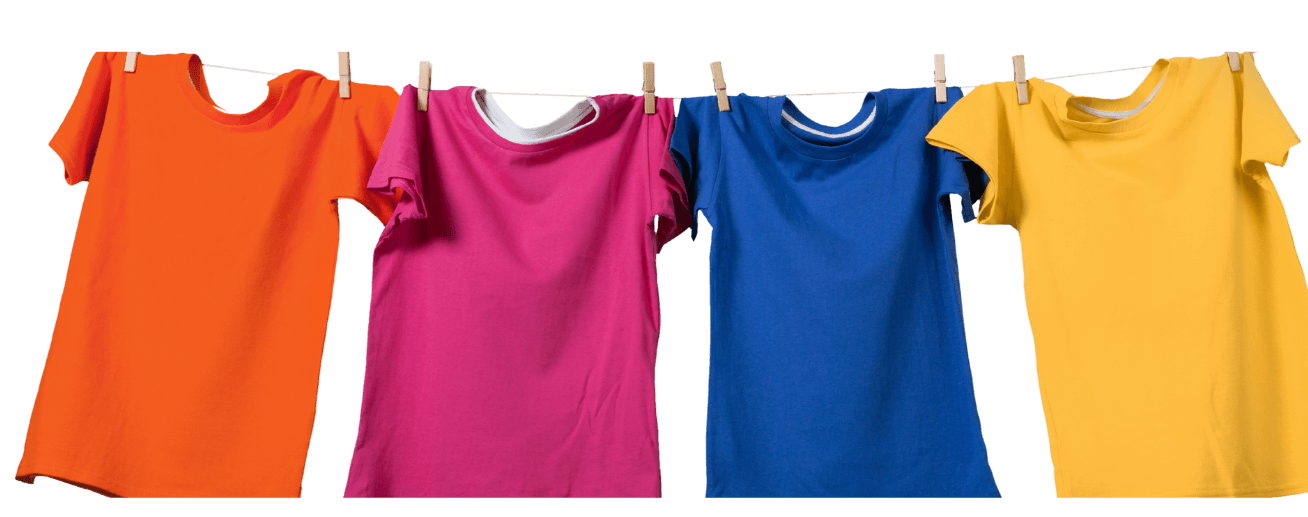










Custom Product Series
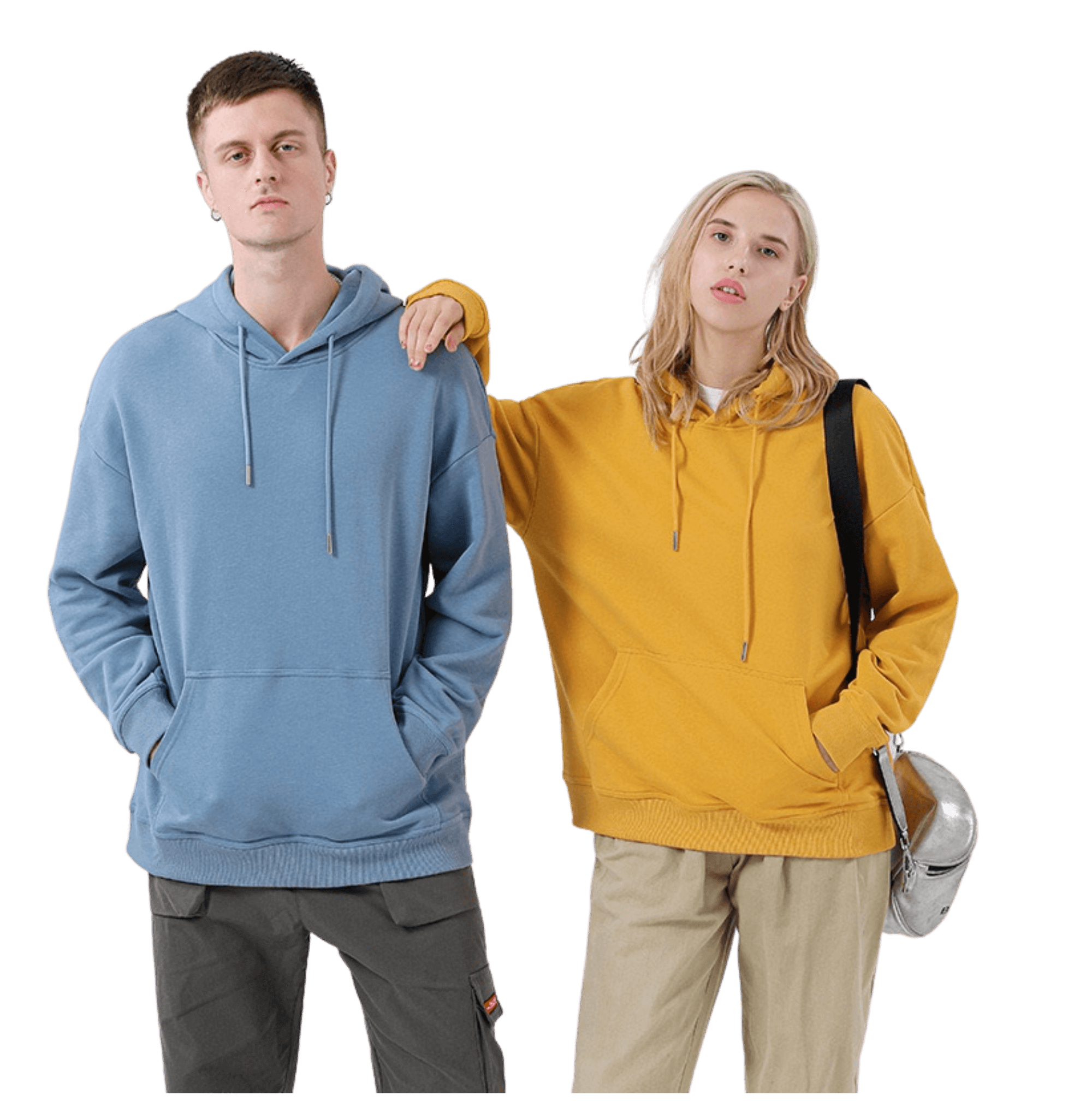
Custom Padded Coat Manufacturers Make Your Brand Stand Out
We Are a ONE-STOP Shop: This means that all processes are finished under one roof. You only have to concentrate on design and marketing, while we take care of the rest.
Wide variety of styles available: We have hundreds of fabrics and patterns to choose from, ranging from both classic and modern styles.
Customize your size: Choose the size specifically for each body type instead of a usual sizes offered by retailers.
Low MOQ: Wholesalers can start with 50 pieces and mix designs, colors, and sizes as they wish, while customized brands usually have to start with 300 pieces per item per color.
How We Make It
Project Planning
We start with the first step: gathering any sample references and your tech pack or photographs. Your project manager will then assist you in verifying your materials and fitting details.Sourcing Materials
We work with local suppliers to acquire high-quality materials and assure that we stay below your specified price points. Lead times may be significantly shortened by choosing in-stock products.Pattern Making
Work with our expert pattern makers to achieve the features and fit of each style. Patterns are essentially the blueprint for all clothing items.Sample Making
Our skilled sample makers hand cut and sew your garments with detail and precision. By creating samples of your clothing, we're able to test the fit and functionality before mass production.Revisions
You'll have a fitting on the samples so we can know what alterations are needed for your next batch of samples. Thanks to the rich industry experience of our service team, we are confident to finish all revisions within only 1-2 rounds, while other traditional manufacturers may need 5+ rounds to achieve that.Productions
With your sample approved, we can begin pre-production. Placing your purchase order will initiate your first production run.Only True Feedback Counts
Why Choose Enrong
Looking for a reliable clothing manufacturing partner? Check out Enrong! Our team of experts focus on sample development, production, custom label printing and delivery – making sure your fashion needs are met every step of the way. We offer a variety of products to choose from. No matter what type of clothing design you want, our experienced team can make it happen. Contact us today and let us help you create the perfect fashion look!
At Enrong, we make it possible to turn your designs into displays. Our team of experienced professionals ensures the highest level of quality and workmanship. We strive to provide beautiful products that meet our customers’ expectations. With our expertise, you can ensure any project is completed with the utmost care and attention.
We have multiple garment manufacturers and can take on any quantity order, no matter the size. Our very short turnaround time means it will grow your business faster!
We ship worldwide via DHL, FedEx, UPS and more, so you don’t have to worry about anything at hand – just relax and our team will take care of everything.
Each piece is checked for stitching, measurements, and fabric accuracy, so you know that what we deliver is of the highest quality. With our professional Enrong service team, your fashion design will be brought to life and ready for delivery. Let us make sure that you get the perfect product you envisioned!
Start your own clothing line with 300 pieces per design to save money and pamper customers by giving them more options.

Buyer’s Guide
Coat Manufacturers: The Definitive Guide for Start-Up Brands
Are you looking for a coat manufacturer for your brand? It can be difficult to determine which outerwear manufacturer best meets your expectations. In this guide, we’ll walk you through the basics of coats, from the different types to some things to consider when designing one. We’ll also take a look at everything you need to know about a coat manufacturer, as well as some challenges you may face when working with one. So, if you’re planning to create a name in the fashion industry, or simply want to add some new coat styles to your current line, read on for the ultimate guide to coat manufacturers.
Table of Contents
1. A Brief History of Coat
The coat has been around for centuries, with different purposes and meanings at different times. The coat originated in the cold climates of Northern Europe, where people needed to keep warm. Coats were made out of animal skins, and they served as both a coat and a blanket. The coat kept people warm in the winter and protected them from the rain and snow.
As time passed, coat manufacturers began to create coats out of other materials. The coat became more popular, and people started wearing them for fashion reasons. Coats began to be made in different styles and colors, and they became a symbol of wealth and status.
2. The Different Types of Coat and Their Functions
Coat manufacturers continue to create new styles of coats, and it remains a popular item of clothing for both men and women. Some of the most common types of coats and their functions are:
Trench Coat
A trench coat is a coat that reaches the knee or mid-calf. It is usually made of water-resistant fabric, such as wool, and has a belt at the waist. Trench coats are often worn in rainy or cold weather to keep the body warm and dry.
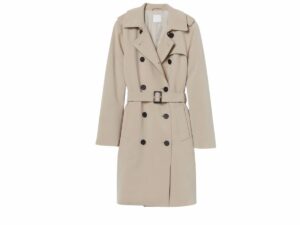
Pea Coat
A pea coat is a coat that is typically made of wool and reaches the hip or upper thigh. It has large buttons, and sometimes a hood. Pea coats are often worn in cold weather to keep the body warm.
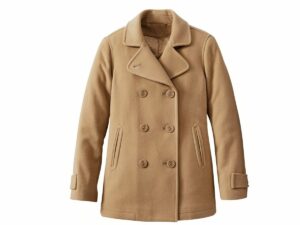
Parka
A parka is a coat that reaches the knee or mid-calf. It has a fur-lined hood and is often made of water-resistant or waterproof material. Parkas are usually worn during winter to keep the body warm.
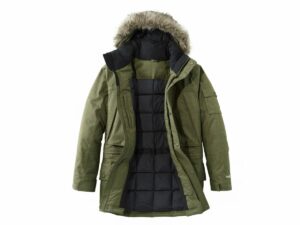
Raincoat
A raincoat is a coat that is made of water-resistant or waterproof material. It usually has a hood and is worn to keep the body dry during rainy weather.
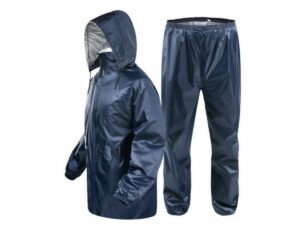
Overcoat
An overcoat is a coat that is worn over other clothing. It is usually made of wool or another heavy fabric and reaches the knee or lower thigh. Overcoats are often worn in cold weather to keep the body warm.
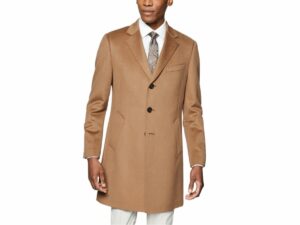
Duffle Coat
A duffle coat is a coat that is typically made of wool and reaches the hip or upper thigh. It has a large hood and toggle buttons. Duffle coats are often worn and paired with a scarf in cold weather to keep the body warm.
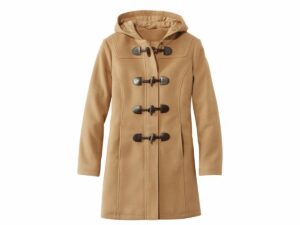
Traditional Coat
A traditional coat is a coat that is typically worn even in the warm season. It has a collar and buttons down the front.
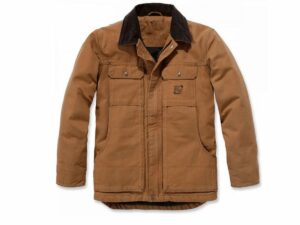
3. Popular Coat Fabric
When it comes to choosing the right coat for your brand, there are a variety of fabrics to choose from. Here are a few popular coat fabrics that manufacturers use:
Wool
Wool is a popular choice for coats because it is durable and provides good insulation. It is made from the hair of sheep and other animals and is often used in cold-weather garments.
Cashmere
Cashmere is another durable fabric that is also very soft and comfortable to wear. It is typically more expensive than wool, but it can be worth the investment for high-end brands. The cashmere fabric is made from the downy undercoat of cashmere goats.
Alpaca
Alpaca fiber is similar to cashmere in terms of softness and durability. It is made from the coat of alpacas, which are a type of camelid native to South America. It is also hypoallergenic, making it a good choice for people with sensitive skin. However, it can be difficult to find alpaca coats in mass-produced sizes due to the limited supply of alpaca fiber.
Polyester
Polyester is a synthetic fabric that is often used in cheaper coats. It is not as warm as natural fibers like wool, but it is less likely to wrinkle and more resistant to stains.
Faux Fur
Faux fur coats are usually made from polyester or acrylic fibers. They provide good insulation and are often quite stylish, but they are not as durable as real fur coats.
Tweed
Tweed is a rough, hairy textile made from wool or other natural fibers. It is commonly used in traditional style coats and jackets, and its country-chic aesthetic has been popular in recent years.
Leather
Leather coats are very durable and stylish, but they can be quite expensive. They are made from the skin of animals, usually cows.
4. Coat vs. Blazer: What’s the Difference?
Coats tend to be thicker and heavier than blazers, making them better suited for cold weather. In contrast, blazers are usually lighter and more tailored, making them ideal for office settings. Another important distinction is that coats generally have larger lapels than blazers, giving them a more formal appearance.
At first glance, a coat and a blazer may seem like the same thing. Both are typically made of wool or cotton, have buttons down the front, and can be worn over a shirt and tie.
When choosing between a coat and a blazer, it’s important to consider the climate and the occasion. For example, a coat would be appropriate for an outdoor event in winter, while a blazer would be more appropriate for a meeting or dinner party.
5. 6 Factors to Consider When Designing a Coat
When it comes to coat designing, there are many factors that you need to take into account. Below are 6 of the most important factors to consider when designing a coat:
#1 Purpose
What will the coat be used for? Will it be a coat for everyday wear or will it be a coat for special occasions? Different purposes require different designs. For example, a coat for everyday wear needs to be comfortable and practical whereas a coat for a special occasion can be more fitted and glamorous.
#2 Fabric
The type of fabric you choose for your coat is important as it will affect both the look and feel of the coat. Some fabrics are better suited to different climate conditions too. For example, wool is a warm fabric that is ideal for winter coats but not so suitable for summer coats.
#3 Color
The color of your coat is also an important factor to consider. Some colors are more flattering than others and some coat colors may be more practical for certain purposes. The color of the coat will also depend on the season. For example, coat colors for winter are typically darker than coat colors for summer.
#4 Fit
A coat that is too tight will be uncomfortable and a coat that is too loose will look sloppy. It is important to find a coat that has a good fit. The coat should be able to close properly and the sleeves should not be too long or too short.
#5 Length
The length of the coat will depend on both the purpose and the style of the coat. For example, a coat for everyday wear can be any length but a coat for a special occasion should be knee-length or longer.
#6 Style
The style of the coat is also important. The coat should be stylish but also appropriate for the purpose. Coats made from different materials can also have different styles. For example, a coat made from wool can be tailored whereas a coat made from denim can be more casual.
6. How to Start Your Own Coat Brand
Starting your coat brand can be a great way to get involved in the fashion industry and create unique, stylish products that people will love. Here are the steps you’ll need to take to get started:
Step#1 Do Your Research
Before you start your coat brand, it’s important to do your research and understand the market. This includes understanding what coat styles are popular, who your target audience is, and what your competition is doing. This research will help you create a unique brand that can succeed in the market.
Step#2 Create a Business Plan
Once you’ve done your research, it’s time to create a business plan for your coat brand. This plan should include your budget, manufacturing and marketing plans, and long-term goals. Having a well-thought-out plan will make it easier to get started and ensure that your business is successful.
Step#3 Find a Manufacturing Partner
If you don’t have experience in manufacturing, it’s important to find a partner who does. This partner will be responsible for creating your coat designs and ensuring that they are made to the highest quality standards. Working with a reputable manufacturing partner is essential to the success of your business.
One manufacturer you can check out is Enrong Apparel. We have been in the industry of manufacturing different types of garments for over 20 years such as t-shirt, swimwear, streetwear, sleepwear and many more at competitive prices. We have a team of experienced professionals who can help you with all your coat manufacturing needs, from design to production. Give us a call today to know more about our services!
Step#4 Create a Marketing Plan
This includes creating a strong branding strategy and creating marketing materials that will grab attention. You’ll also need to decide how you’re going to sell your coats, whether it’s through a fashion boutique store, online, or both.
Step#5 Launch Your Clothing Line
After you’ve taken care of all the planning and preparation, it’s time to launch your coat brand. This is an exciting time, but it’s also important to make sure that everything is in place before you start selling. Once you’re up and running, keep track of your sales and customer feedback so that you can continue to improve your business.
7. The Cost of Starting Your Brand
Starting a brand new business is an expensive proposition. There are all sorts of costs associated with getting the business off the ground, from rent and office supplies to advertising and marketing.
Of course, you can’t put a price tag on the hard work and dedication that goes into starting a business. But if you’re looking to get an idea of the financial investment required to start your brand, here are a few costing scenarios.
| Cost of Starting Your Brand | |
| Factors | Estimated Cost |
| Renting a small office or studio space | $500 – $1,500 per month |
| Office supplies and furniture | $1,000 – $2,000 |
| Marketing and advertising | $2,000 – $5,000 per month |
| Manufacturing or sourcing products | $3,000 – $10,000 per collection |
| Taxes and permits | $500 – $2,000 per year |
These are just estimates and your actual costs will depend on many factors, including the size and scope of your business. As you can see, starting a brand can be a significant investment. But even on the low end, you’re looking at an investment of around $10,000 just to get the business up and running.
8. What You Need to Know About Coat Manufacturers
If you’re in the market for a new coat, you may be wondering what to look for in a coat manufacturer. Here are the most important things to keep in mind:
Reputation
When choosing a coat manufacturer, it’s important to consider their reputation. Do some research online and see what other people have said about their experience with the company.
Quality
Of course, you’ll want to make sure that you’re getting a coat that is made of high-quality materials. Ask the coat manufacturer about the materials they use and how they produce their coats.
Price
Coat manufacturers vary in price, so it’s important to find one that fits your budget. Get quotes from a few different companies before making your final decision.
Lead Times
Another important factor to consider is lead times. This is the amount of time it will take for your coat to be made and shipped to you. Make sure you know how long the lead time is before you place your order.
Minimum Orders
Some children’s coats wholesale manufacturers have minimum orders, so be sure to ask about this before you commit to working with a particular company. When you’re just starting out, you may not need a large number of coats, so it’s important to find a clothing manufacturer that can accommodate your needs.
9. Sourcing For The Perfect Coat Manufacturers
If you’re looking to add coats to your list of products, you’ll need to find the right coat manufacturers to work with. So, here are some places to start your search:
Google Search
The first step is to simply Google “wholesale children’s coats” or “children’s coats wholesale” and see what comes up. You’ll likely get a mix of coat retailers and coat makers. Make a list of the companies that look promising and do some further research on them.
B2B Marketplaces
There are also B2B marketplaces that focus specifically on clothing and fashion accessories, like Alibaba and Global Sources. You can use these platforms to find coat manufacturers and get in touch with them directly.
Clothing Trade Shows
Another option is to attend clothing trade shows where you can meet with coat manufacturers and see their products up close. This is a great way to get a feel for a company and its manufacturing capabilities before making any commitments.
Fashion Shows
Fashion shows are also a good place to meet coat manufacturers and see their products in person. Keep an eye on upcoming fashion events in your area and see if any coat makers will be exhibiting there.
10. 6 Challenges Faced by Start-up Brands and How to Overcome Them
Starting a new coat brand can be an incredibly exciting endeavor. However, it’s also important to be aware of the various challenges that come with starting a business in this particular industry. Here are 6 of the most common challenges faced by start-up coat brands, along with some tips on how to overcome them:
#1 Finding the Right Manufacturer
One of the most difficult challenges faced by start-up coat brands is how to find a clothing manufacturer that is both reputable and affordable. There are many coat manufacturers out there, but not all of them are created equal. It’s important to do your research and find a manufacturer that has a good reputation for producing high-quality products.
#2 Creating a Unique Brand
To succeed in the fashion industry, it’s important to create a brand that is unique and stands out from the competition. There are many coat brands out there, so you’ll need to find a way to make your brand different. One way to do this is to focus on a specific niche market.
#3 Getting the Word Out
Once you’ve created your coat brand, you’ll need to get the word out there and generate some buzz. There are many ways to promote your brand, such as social media marketing, online advertising, and PR campaigns.
#4 Dealing with Returns
Since coats are typically a high-ticket item, there is always the potential for customers to return them. It’s important to have a return policy in place so that you can deal with returns in a timely and efficient manner.
#5 Managing Inventory
Another challenge that coat brands face is managing inventory. This can be a difficult task, especially if you’re selling coats online. You’ll need to make sure that you have enough stock to meet customer demand, but you also don’t want to overstock your inventory and tie up too much capital.
#6 Seasons Change
Finally, it’s important to be aware of the fact that seasons change and coat sales will typically fluctuate throughout the year. To manage this, you’ll need to have a good understanding of your coat business and plan accordingly.
11. Conclusion
Starting a clothing brand can be a rewarding and exciting experience. Partnering with a reputable manufacturer can help simplify the process and ensure you end up with a high-quality product. At Enrong Apparel, we’ve worked with hundreds of start-up brands and helped them bring their vision to life.
We offer a wide range of services, from design and development to sourcing and manufacturing. If you’re looking for a coat manufacturer, we’d be happy to chat with you about your project. Contact us today to get started!

